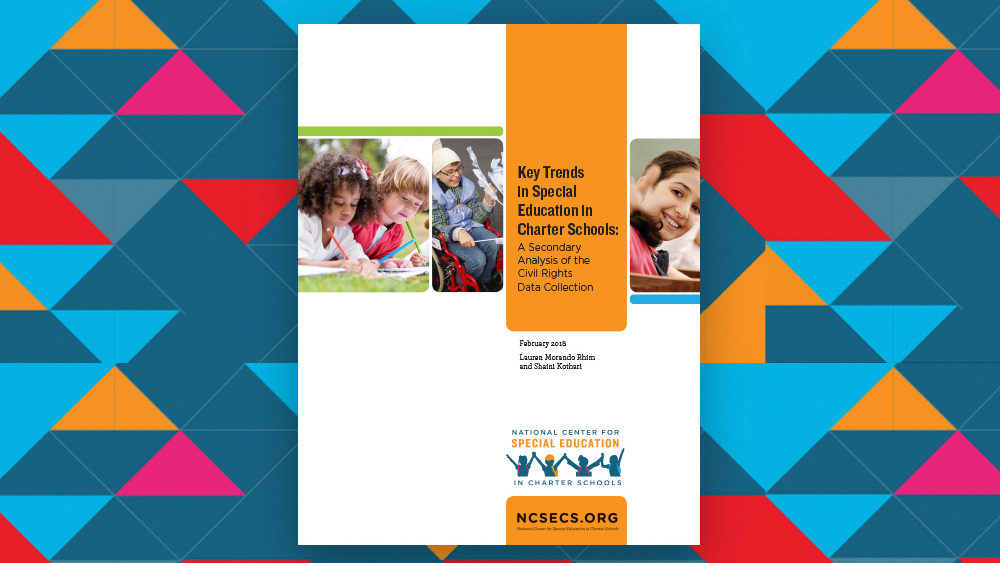Analysis of CRDC Data Finds That Charter School and Traditional Public School Discipline Rates Remain Similar From Two Years Ago; Report Also Finds That Contrary to Public Opinion, Charter Schools Enroll Students with a Range of Disabilities and That Students Are Served in More Inclusive Settings
Washington, DC – A new report released today by The Center for Learner Equity (The Center for Learner Equity) finds that students with disabilities continue to be disciplined twice as often as their peers and that charter school and traditional school discipline rates remain similar to what they were two years ago.
The report, Key Trends in Special Education in Charter Schools: A Secondary Analysis of the Civil Rights Data Collection (CRDC), is a follow up to an analysis completed two years ago, offering a direct comparison on what has changed in the areas of enrollment, placement, discipline and specialized schools.
Today during a panel discussion featuring education leaders, experts and advocates in Washington, DC, The Center for Learner Equity Executive Director and co-founder Lauren Morando Rhim stated, “The data shows that while we’ve made slight improvements and are headed in the right direction, we have a lot of work to do to improve supports and services for students with disabilities in both charter schools and traditional public schools. Every student deserves high quality learning opportunities, including students with disabilities. We must improve, and that starts by collecting the hard data and using it to inform policies and spark more efficient collaboration between education leaders at the federal, state and local levels.”
Key Findings from the report include:
- Suspension Rates overall are twice as high for students with disabilities: Although the suspension rates are down, charter schools (12.28%) and traditional schools (11.56%) suspend students with disabilities at a rate approximately twice as high as the average suspension rate for all students (6.61% for charters, 5.64% for traditional schools). This is slightly lower than two years ago (7.40% charters, 6.88% traditional).
- Expulsion Rates were slightly lower than two years ago: The expulsion rates for students with disabilities vs. students without disabilities were 0.39% vs. 0.18% for charter schools and 0.51% vs. 0.23% traditional public schools. This lower than reported in 2011-12 at 0.55% vs. 0.25% for charter schools and 0.46% vs, 0.23% for traditional public schools.
- Traditional public schools continue to enroll more students with disabilities than charter schools: The enrollment gap still exists, as traditional public schools enroll 12.46% students with disabilities and charter schools enroll 10.62% (up from 12.55% and 10.42% respectively).
- Charter schools are more inclusive: Charter Schools are serving students with disabilities in more inclusive settings, as 84.27% of students with disabilities in charter schools were educated in the general education classroom for 80% or more of the day compared to 68.09% in traditional public schools (slightly up from two years ago at 84.11% and 66.85% respectively).
- Charter Schools Enroll Students with a Range of Disabilities: Contrary to popular belief, charter schools are enrolling and educating students with a range of disabilities including students with autism, emotional disturbance, intellectual disabilities, developmental delays, speech and language impairments, and other health impairments.
Morando Rhim added, “We believe that data is critical and in conducting the respective analyses, our goal is to provide federal and state policy makers as well as practitioners and researchers with a solid foundation for a more productive examination of the issues in an effort to drive changes that could discernibly benefit students with disabilities.

Comments are closed.